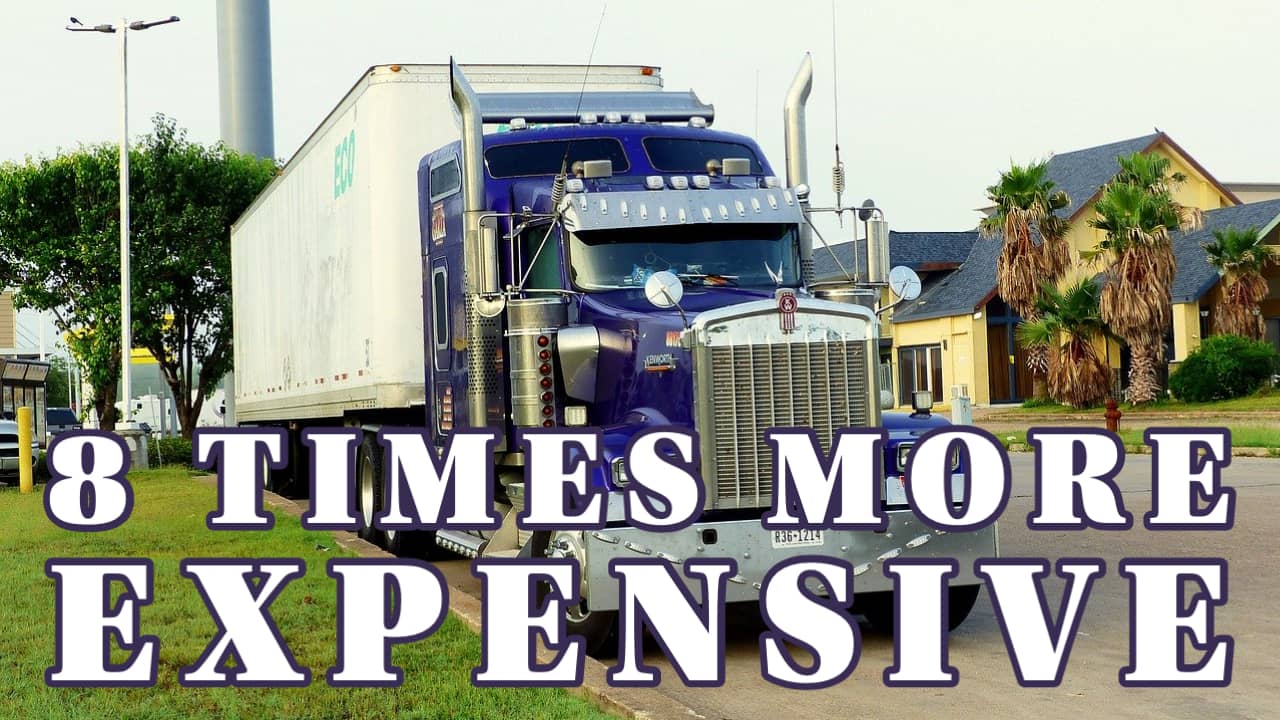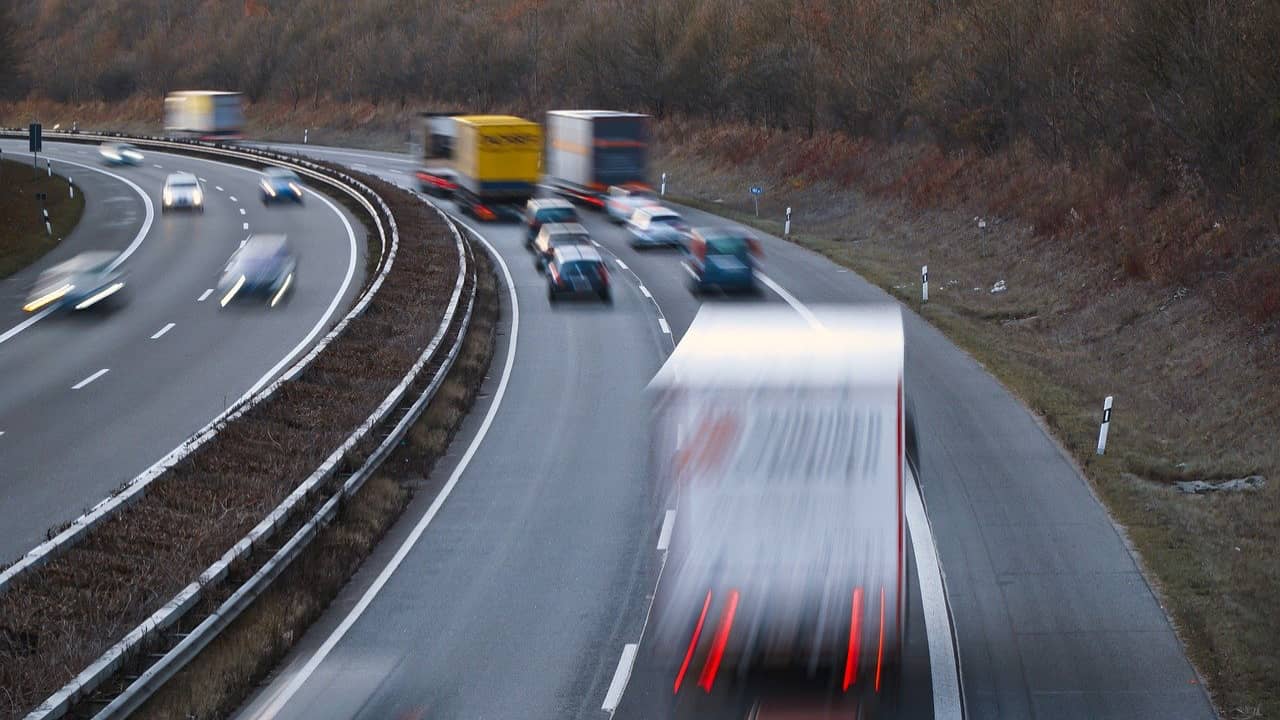
5 Reasons Why Truckers Oppose Ports of AKL Move to Northport
5-minute read
It’s not often you get an important transport lobby group arguing against something which could be of great financial benefit to them, but that’s the situation here with the group strongly advocating against a port move from Auckland to Northport.
National Road Carriers (NRC) found that such a move would provide a five-fold increase in business for Auckland freight operators, but that came at a tremendous capital and operational cost that left the option making “no sense logistically”.
I’ll analyse the NRC’s argument. I should preface this by stressing that NRC approached its review without bias in favour of any port location.
Rather, it wanted to assess the efficiency and safety of road and rail access to the three existing ports, and as a result, ended up highlighting perceived flaws in a Northport move.
This resulted in the finding that the best value for money is for Auckland’s port to continue in its current location until it cannot efficiently handle future growth – expected to be at least until 2050.
Setting out the quantum of what any new port location would mean for road carriers as an alternative to the current PoAL, the NRC report says Auckland handles one third of the nation’s container trade with 65% moved by truck (370,000 truck trips), 15% by rail and 20% being transhipped.
Container freight is scheduled to double over the next 30 years.
General cargo accounts for 175,000 truck trips of two million tonnes of bulk goods including cement, fertiliser, grain, gypsum, coal and steel; 250,000 cars and light commercial vehicles; and “high and heavy” cargo including trucks and buses, tractors, generators, plant and machinery.
About 70% of the value of this trade is either for or from Auckland, where the port is just 35 to 40 kilometres from 70 to 80% of its customers.
About 15% goes south of the Bombay Hills. Auckland’s business growth is seen as moving south, with Auckland, Waikato and Bay of Plenty dominating the upper North Island’s economic growth.
Ports of Auckland and Tauranga have more than 70% of New Zealand’s shipping trade and they serve more than 50% of the country’s population.
With that overview in mind, the report gets into why a move to Northport doesn’t stack up.
1) It Is Logistically Impractical
Rail and road transport between Northport and Auckland won’t be able to efficiently handle the volume of freight.
About 20,000 freight trains (each with 37 wagons) and 340,000 heavy truck trips would be needed to carry one million containers from Northport to the proposed inland road-rail port at Swanson in west Auckland.
A container truck that now does five trips a day between PoAL and south Auckland will only be able to achieve one from Northport.
A truck carrying vehicles from PoAL to Penrose can complete up to seven trips a day but will only be able to comfortably make one trip a day to Penrose from Northport.
Based on 21,000 vehicle imports per month, the number of car carriers on the Auckland to Northport route would be one every two-and-a-half minutes, 24/7.
2) Transport will be Prohibitively Expensive
A Northport move would make logistics prohibitively expensive, with the cost of road and rail freighting Auckland’s imports the 160km between Northport and south Auckland increasing the price by more than $1 billion.
It says servicing customers by road freight alone from Northport would be nearly eight times more expensive annually than from Ports of Auckland – about $680 million versus $85 million – or $1080 versus $156 per heavy vehicle trip.
The cost of transporting a car 160km from Northport to south Auckland is estimated at $230 compared with $50 for transport from Ports of Auckland.
For the freight company, this will mean substantially-increased capital costs.
To match the regular road freight service to and from PoAL would require around five or six additional trucks, each costing $750,000 to $1 million, plus drivers and additional warehouse and administration staff.
3) Negative Impact on Greenhouse Gas Emissions
Transport is one of our highest carbon emitters. Currently, around 27,000 tonnes of CO2 a year are generated by transporting containers by road between Auckland Port and south Auckland.
This would increase substantially if the trip was 160km.

4) It Requires New Electricity Generation
Diesel truck engines will eventually make way for electric and/ or hydrogen-fuelled vehicles. Therefore, electricity would be needed to generate the hydrogen.
NRC says if New Zealand is to have a zero emission transport fleet in 20 to 30 years’ time we would need to ensure we have a secure supply for a large truck fleet to and from Northport.
Electric trucks are big energy consumers so this would require new electricity generation.
5) Traffic Congestion & Delays
If Auckland’s port services came from Northport, via a West Auckland inland port at Swanson then heavy truck traffic across metropolitan Auckland would noticeably increase.
It is likely truck traffic on roads around the Swanson road-rail inland port would increase significantly, like that in Neilson and Church Streets adjacent to the Southdown Rail Freight Centre.
Those five are NRC’s main concerns but there are others too, including road freight’s vulnerability to stoppages caused by accidents on state highway network;
the ability of drivers to make the return distance of 320 kilometres from Northport to south Auckland in the permitted time (13 hours) if road conditions and other factors caused delays; and the impacts on empty container movements if the logistics chain was centred on Northport.
This all leads NRC to conclude any decision to move the port from Auckland to Northport would be rushed. It says we need to stop, take stock and reassess.
We have the time to do that because a three-port option makes sense for the next 30 years.
The report then poses a long-term question: “With the upper North Island’s three ports (Auckland, Tauranga and Northport) having limited access and capacity, in a 100- year time frame a super port on the Firth of Thames (or Manukau Harbour) could be assessed?
“Meanwhile the three ports need to be linked by efficient road and rail and then compete for customers. “A wider study than just looking at Northport is required to look at long term business needs, 30-, 50- and 100- year trends including distance from customers, cost and scale.
The question of port location should not just hinge on the ability to handle growth but whether the port’s location helps to achieve the upper North Island’s full economic, social and environmental potential.”
The thought of commissioning another study will jar with a lot of readers, but NRC has clearly set out the factual base for its argument.
SOURCE: NZ Shipping Gazette
P.S. Easy Freight Ltd helps New Zealand importers & exporters to save money on international freight and reduce mistakes by guiding how to comply with Customs and biosecurity rules.
➔ Contact us now to learn how we can assist you.
